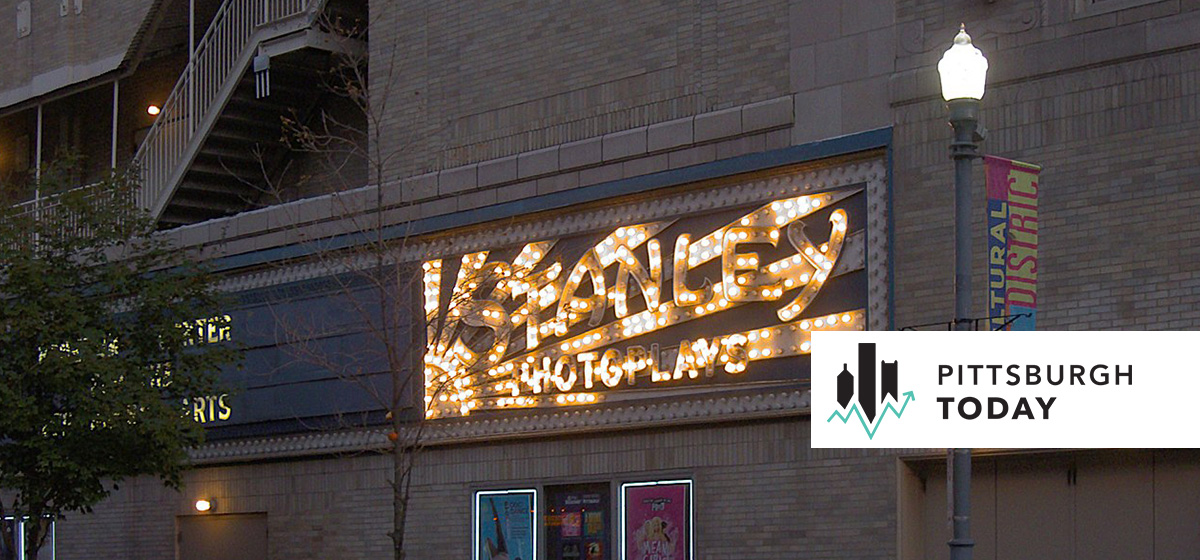No Contest

Pittsburgh’s arts and culture sector outperforms many of its peer cities when it comes to arts participation, organizations per capita and economic impact, but equity issues persist, according to a new from the Greater Pittsburgh Arts Council.
Attendance of arts and culture events dwarfs that generated by the region’s professional sports teams combined—Steelers included.
“It’s a very strong sector, said David Pankratz, former research and policy director for the Arts Council who oversaw preparation of the report. “It’s valued highly by the community. It has many impacts throughout the community both in generating jobs and revenue. But at the same time we’re looking ahead to address further equity issues as well as an ability to generate income.”
The Culture Counts 2020 report looks at the impact of the arts and cultural sector in the City of Pittsburgh and Allegheny County in areas such as spending, attendance and job creation. The report compares Pittsburgh’s arts and culture sector to nine benchmark cities, using data reported by arts and cultural organizations in those cities as well as data from the Southern Methodist University national DataArts program.
Punching above its weight
Pittsburghers support the arts. The number of cultural organizations per capita ranks third among GPAC’s benchmark cities; attendance has grown since the previous report in 2015, and arts organizations are supported by a healthy balance of earned revenue (through ticket sales, for example) and contributed revenue (through donations) that outpaces half of the benchmark cities.
“We punch above our weight relative to other locales,” Pankratz said. “We do quite well in terms of number of cultural organizations, attendance, balancing our sources of support of both contributed and earned.”
The region has a wealth of arts and cultural organization. Its 551 organization translates to 23.7 per 100,000 people—the third highest organizations per capita ranking among GPAC benchmark cities, outpacing cities such as Philadelphia, Minneapolis, Boston and Washington, D.C.
The number of people who attended Pittsburgh arts and cultural events totaled more than 5 million in 2019, an increase of 37 percent over 2015. The tickets sold generated $151 million. Local attendance ranks fourth among GPAC’s benchmark cities behind Philadelphia, Boston and Washington, D.C.
By comparison, the combined attendance of Steelers, Penguins and Pirates games during that period was about 3.5 million people.
The sector employs 15,000—more than the number of people employed by the local real estate and utilities sectors combined, according to the report.
The arts in Pittsburgh still struggle with issues of equity. “We need to develop an arts and culture sector that is more meaningful and speaks to the concerns of the African American community,” Pankratz said.





